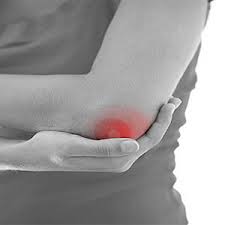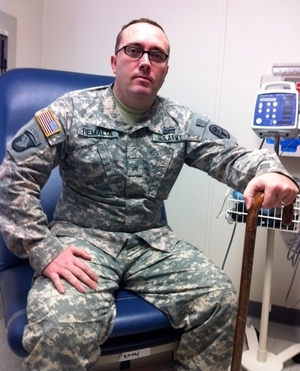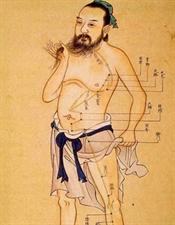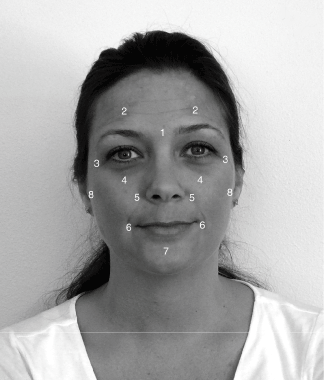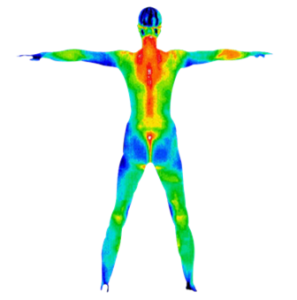 A recent study shows that differences exist between the anatomical structure of acupuncture and non-acupuncture points, according to research published in the Journal of Electron Spectroscopy and Related Phenomena.
A recent study shows that differences exist between the anatomical structure of acupuncture and non-acupuncture points, according to research published in the Journal of Electron Spectroscopy and Related Phenomena.
Researchers used in-line phase contrast CT imaging with synchrotron radiation on known acupuncture points and non-acupuncture points. The scans showed that ST36 and ST37 acupuncture points contain fine, high-density structures and an increased number of large blood vessels. Non-acupuncture points did not exhibit these properties.
According to Chinese medicine, life force energy is carried through the body through a complex system of blood vessels called meridians. If the movement of blood is restricted, it causes disharmony in the way organs function. However, manipulating the body through acupuncture points helps blood flow freely again.
The authors said the study results provide scientific proof of the existence of acupuncture points, which appear to be connected to locations in the body that correspond with areas with higher concentrations of blood.
For more information
http://www.sciencedirect.com/science/article/pii/S0368204813002405 /
